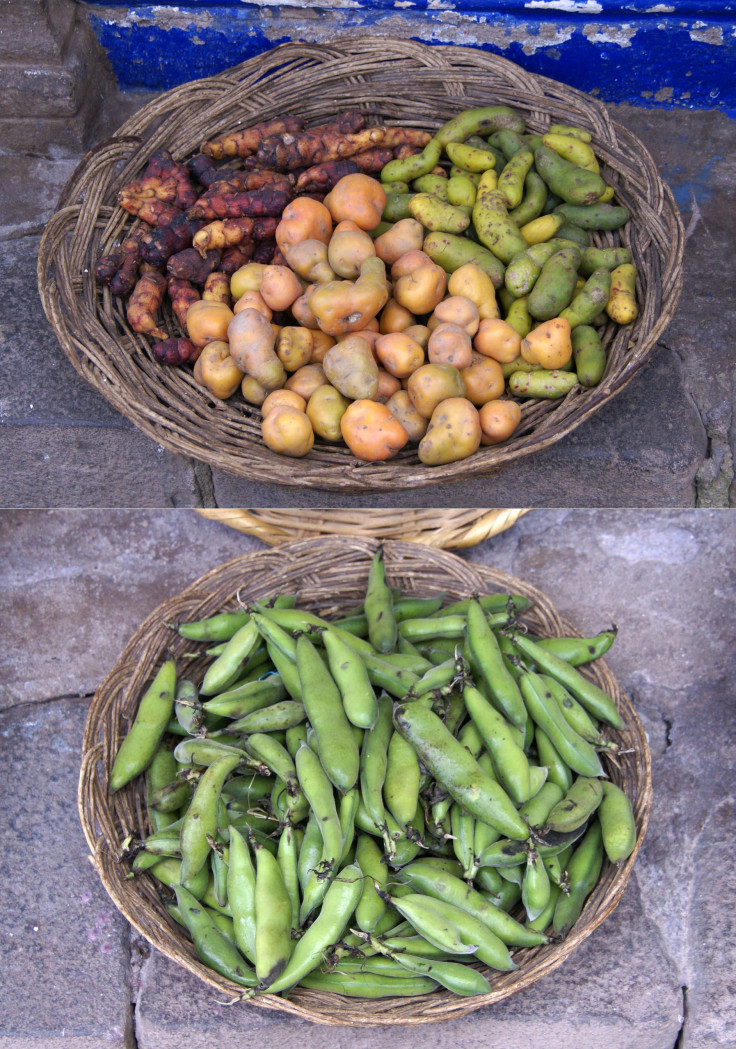Potatoes And Beans Most Cost-Effective Vegetables For School Lunches, Study Finds

The best intentions of the school lunch lady go unappreciated as students scrap entrees into the trash and toss away perfectly good vegetables and cups of canned fruit, some eschewing the meal entirely for a brown bag from home.
As new state and federal laws take effect in Massachusetts, school districts are struggling to balance nutritional imperatives with the economics of food choice behavior — trying to get students to purchase meals higher in vitamins and minerals that are not necessarily dense in energy.
New federal regulations have brought smaller portion sizes for some school menu items, such as submarine sandwiches in one district, while new state rules expand the government's purview to everything surrounding the school lunch, items purchased a la carte in the cafeteria, or from vending machines and concession stands, too.
Perhaps it's for this reason that student purchases of school lunches dropped three percent nationwide during the past year by February, according to the U.S. Department of Agriculture, and many of the new meals purchased in states such as Massachusetts wound up in the trash can, with money wasted on vegetables in particular.
However, a timely study funded in part by the U.S. Potato Board, an industry marketing group, found — perhaps not surprisingly — that potatoes, along with beans, may serve part of the answer.
Investigators from Old Dominion University published the study this month in the online journal PLOS ONE, recommending potatoes and beans as the most cost-effective vegetables with the highest density of nutrients for schoolchildren, while also considering whether students would actually choose to eat the food items.
"To manage nutrition and costs, vegetables served as part of the school lunch ought to be nutrient dense, affordable, easy to prepare and serve, and appealing to children," lead investigator Rehm A. Drewnowski wrote. "The present analyses combined nutrient density, cost, and frequency of use to create new affordability metrics."
As found in previous research, vegetables provide "key vitamins and minerals at a relatively low cost," dense in fiber, potassium, magnesium, and vitamins A, C, and K.
But only half or so of the 98 vegetables examined in the study were consumed regularly, the researchers reported. The most popular vegetables included potatoes, carrots, tomatoes, onion, and iceberg lettuce, with others roundly rejected by schoolchildren. The researchers identified white potatoes both fried and unfried, sweet potatoes, beans, carrots, and some dark green vegetables as the most affordable and nutritious.
However, not all of those foods appealed to children. "Only beans, white potatoes and carrots managed to combine nutrient density, affordability and consumer acceptance," the authors wrote. "White potatoes rivaled beans in nutrient density and had lower energy density and much higher frequency of use."
The study examined only vegetables as part of overall school lunch menus, with researchers adding that many vegetable dishes are served with added salt and fat to make dishes more appetizing to children.
Source: Drewnowski A, Rehm CD. Vegetable Cost Metrics Show That Potatoes and Beans Provide Most Nutrients Per Penny. PLOS ONE. 2013.



























